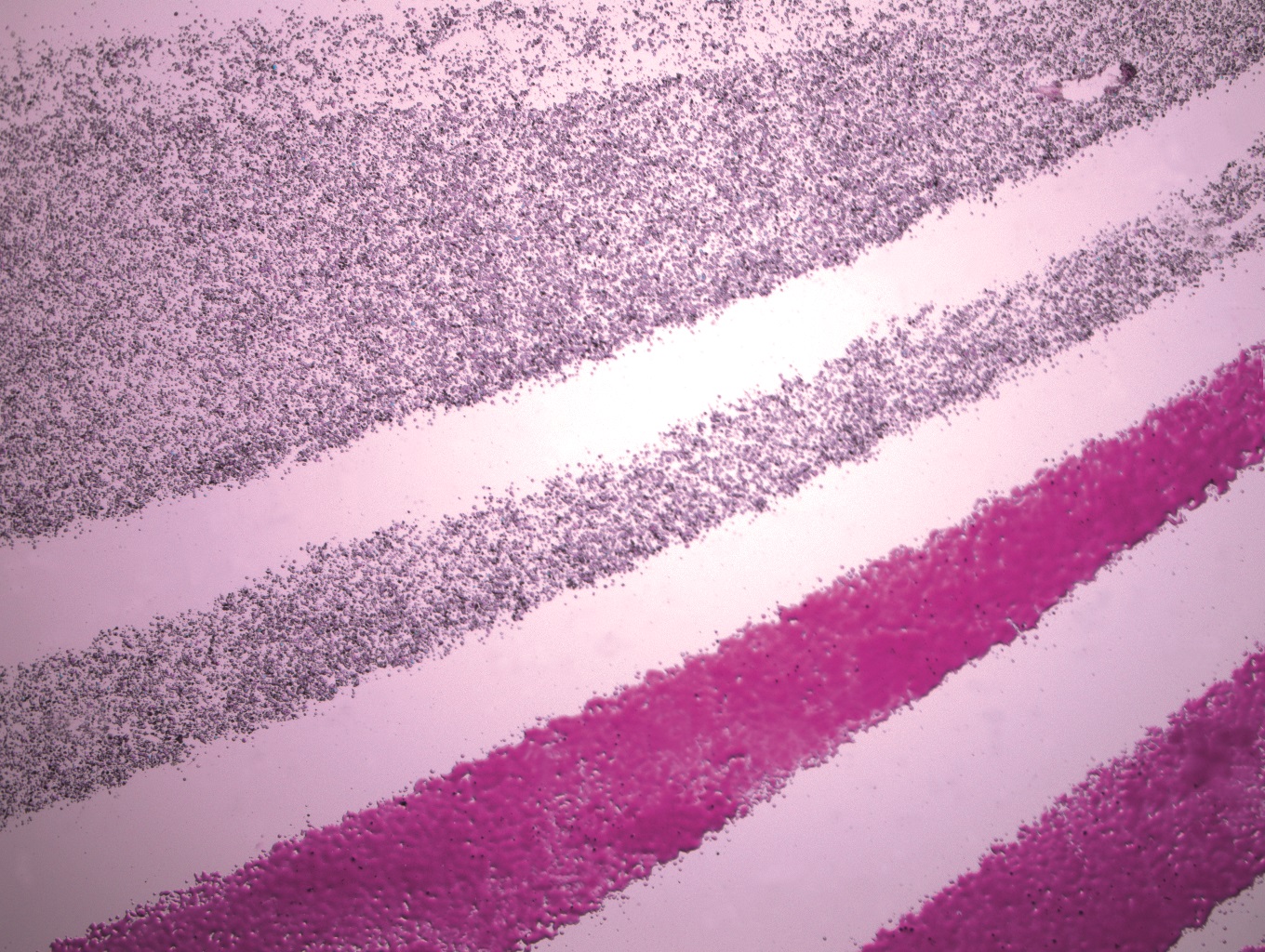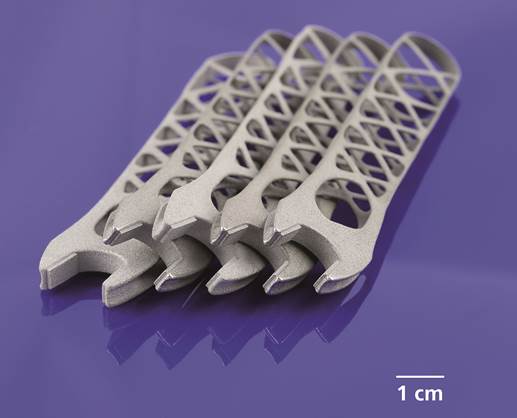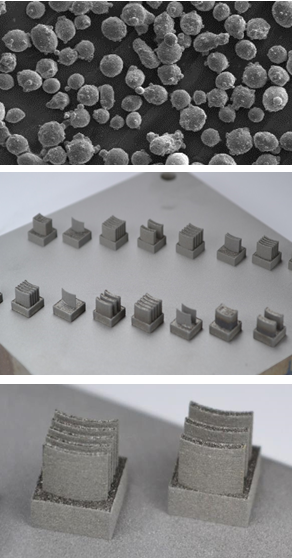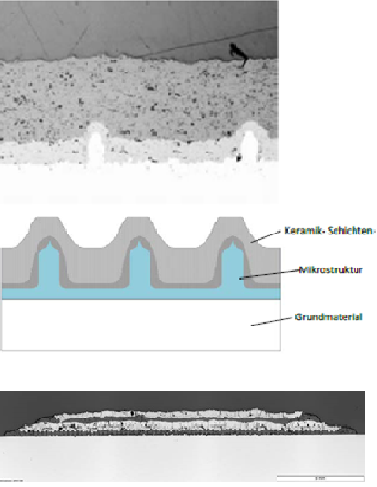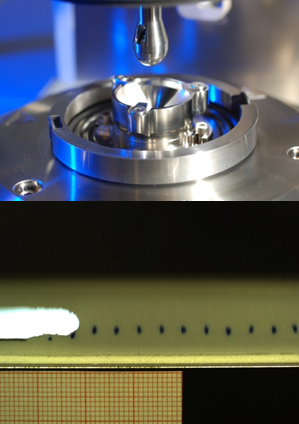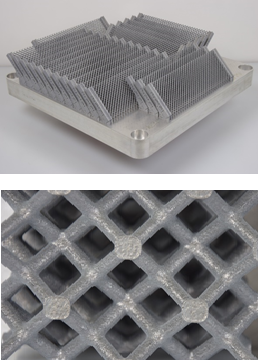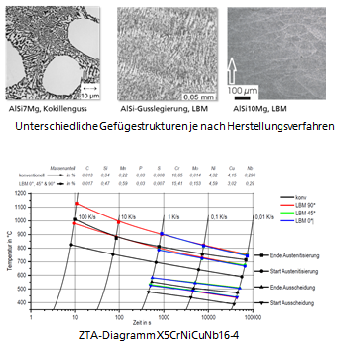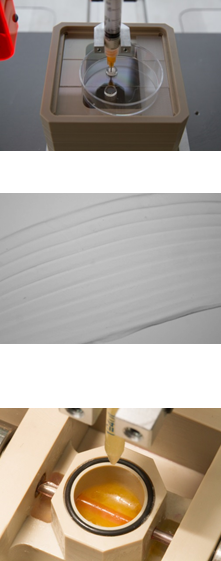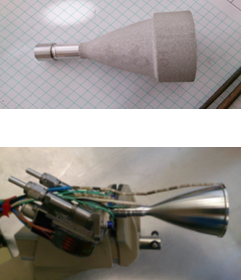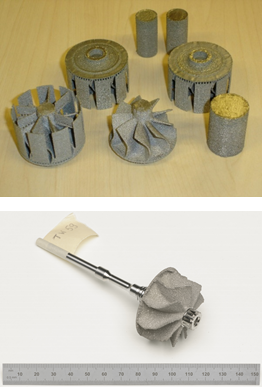The Fraunhofer IGB provides R&D in the field of hydrogels and particle formulations for use in printing systems.
Bioinks:
We provide chemically modified biopolymers from the natural tissue matrix such as collagen, gelatin, and glycosaminoglycanes like hyaluronic acid, chondroitin sulfate or heparin with defined degrees of modification and quality. By addition of cross-linkable functions and non-reactive functions we can control the viscoelastic behavior of the materials.
We develop tailored material formulations for various automated deposition techniques such as inkjet, robotic dispensing, electro spinning, as well as conventional pipetting in the microliter or nanoliter range.
Non-cytotoxic materials:
Furthermore we develop new materials for cytocompatible coatings and processes: E.g. toner particles with functionalized surfaces; or functional poly(ethyleneglycols) for inkjet printing.
If you aim to print protein solutions, if you plan to condition bio-based matrices for automation of tissue engineering challenges, or if you are looking for cytocompatible material formulations, please contact us.
Publication:
Hoch, E., et al. "Chemical tailoring of gelatin to adjust its chemical and physical properties for functional bioprinting." Journal of Materials Chemistry B 1(41): 5675-5685, 2013.
Engelhardt, S., et al. "Fabrication of 2D protein microstructures and 3D polymer–protein hybrid microstructures by two-photon polymerization." Biofabrication 3: 025003, 2011.
Huber, B., et al. (2016). "Blood-Vessel Mimicking Structures by Stereolithographic Fabrication of Small Porous Tubes Using Cytocompatible Polyacrylate Elastomers, Biofunctionalization and Endothelialization." Journal of Functional Biomaterials 7(2): 11.
Southan, A., et al. "Side chain thiol-functionalized poly(ethylene glycol) by post-polymerization modification of hydroxyl groups: synthesis, crosslinking and inkjet printing." Polymer Chemistry 5(18): 5350-5359, 2014.
Project:
BioRap (FhG), Artivasc-EU (EU), Protoprint (VW-Stiftung), Theranostische Implantate (FhG)
Link:
www.artivasc.eu
Contact:
Dr. Achim Weber, 0711 970-4022, achim.weber@igb.fraunhofer.de
